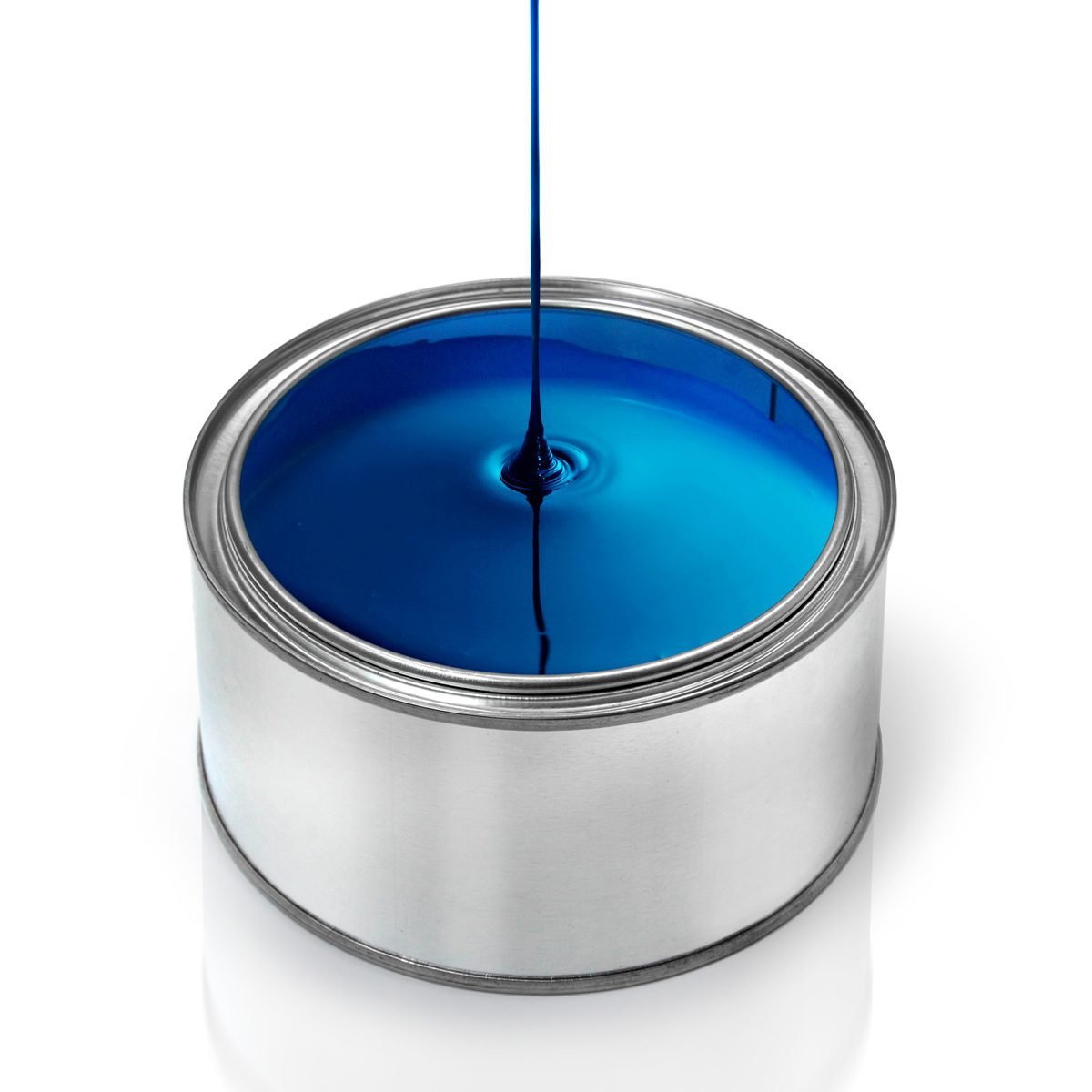They're both intended to beautify our homes, but it's important to know the difference between interior and exterior paint. Let's take a closer look.

What’s the Difference Between Interior and Exterior Paint?

House painting, in the broadest sense of the term, has been a practice for tens of thousands of years. The world’s oldest cave paintings date back more than 40,000 years to the Ice Age (Upper Paleolithic).
Prehistoric humans weren’t choosing between satin or eggshell finish, but the practice of adorning their interiors surely involved aesthetic decisions. Etruscans, Romans, Egyptians and other cultures throughout ancient history decorated their homes, temples and tombs with paint.
The first guilds of house painters emerged in Europe during the Middle Ages. But for the masses, house paint, especially exterior house paint, didn’t really hit the mainstream until 1866, when Sherwin, Williams & Co. (now known as Sherwin-Williams) introduced the first commercially produced paint. They soon had competition from Benjamin Moore. These two venerable companies remain two of the most trusted names in retail paint products.
Early residential paints were oil-based. Today, water-based acrylics and latex paints make DIY house painting for interiors and exteriors as easy as it’s ever been. Let’s look at some of the differences between interior and exterior paints, and why these are formulated differently.
On This Page
Interior and Exterior Paint: The Basics
Mark Savino, strategic remodeling advisor at YouthfulHome, an online resource for finding home improvement contractors, says paint is made of four components: solvents, pigment, resin and additives. Per Savino, here’s what they do:
- Solvents dissolve and combine the other ingredients into a liquid, and evaporate as the paint dries. In latex and acrylic paint, which makes up the vast majority of products on the market, the solvent is water. In oil-based paints, it’s turpentine or mineral spirits.
- Pigment is the finely ground material that gives the paint its color. It’s made from plant, mineral or animal-based materials, or synthetically produced.
- Additives improve the look and performance of the paint. These may include thickeners, or chemicals that create a matte, satin or high-gloss finish, as well as fungicides in exterior paint.
- Resins hold the pigments together and help the paint adhere to the surface. They may be rigid or more elastic, depending on whether the paint is for interior or exterior use.
What Is the Difference Between Interior and Exterior Paint?
“The main difference between interior and exterior paint is the type of resin and additives used in each,” says Savino. “For exterior painting, consumers want something that will withstand changing weather conditions, fading from UV rays and mildew from damp conditions.”
For these reasons, exterior paint has the following characteristics:
- It’s made with resins that are more flexible and can handle the changes in temperature that may cause the paint to expand or contract.
- Additives in exterior paint are formulated to resist fading and mildew, and to help the paint adhere to rough surfaces.
- The additives and resins in exterior paints contain and emit a higher amount of VOCs (volatile organic compounds) compared to interior paints.
- While interior and exterior paints come in an array of colors, exterior paint offers fewer options for finishes. It’s typically available only in flat, semi-gloss or gloss enamel.
- Some exterior paint is oil-based, although this is increasingly rare. Oil-based paint emits much higher levels of ozone-depleting VOCs compared to water-based paints. In several parts of the U.S., their sale and use is prohibited by law.
Interior paints differ from exteriors in the following ways:
- “Interior paints are formulated to resist scuffs and marks and are easier to clean,” says Savino. “They use more rigid resins that don’t scuff or scratch easily and can be cleaned with soap and water.”
- Interior paints rarely contain fungicides and are low VOC emitting.
- There are many interior paint finishes, including matte, eggshell, satin, semi-gloss and gloss, as well as many types of faux-finish effects.
When to Use Each Type of Paint
Given their specific formulations for application on different surfaces and in different environments, there’s no good reason to use interior paint outside or exterior paint inside. At the worst, using exterior paint products indoors can be hazardous to your health. At the least, the resins in exterior paint make it poorly suited for interior surfaces.
Conversely, interior paint, when applied on exterior surfaces, will have a short lifespan. It’s not made to withstand temperature changes and UV rays. And because it contains rigid resins, it will crack and peel in really hot or cold weather, rather than expand and contract.



















